
WEBDec 10, 2019 · A novel limestone calcination process with looping CO 2 as heat carrier is proposed. • About 780 kg CO 2 can be recovered per ton of lime manufacturing. • More alternative fuels can be used in the new process to reduce the operating cost. • The P CO2 /P CO2 eq is suggested to be below to achieve efficient calcination. •
WhatsApp: +86 18203695377
WEBAug 30, 2012 · Cement Manufacturing Process Phase II: Proportioning, Blending Grinding. The raw materials from quarry are now routed in plant laboratory where, they are analyzed and proper proportioning of limestone and clay are making possible before the beginning of grinding. Generally, limestone is 80% and remaining 20% is the clay.
WhatsApp: +86 18203695377
WEBSteelmaking. Steel mill with two arc furnaces. Steelmaking is the process of producing steel from iron ore and/or scrap. In steelmaking, impurities such as nitrogen, silicon, phosphorus, sulfur and excess carbon (the most important impurity) are removed from the sourced iron, and alloying elements such as manganese, nickel, chromium, carbon and ...
WhatsApp: +86 18203695377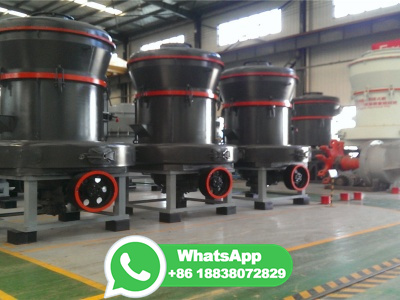
WEBApr 25, 2023 · Report Features: Details: Product Name: Limestone: Segments Covered: Manufacturing Process: Process Flow, Material Flow, Material Balance Raw Material and Product/s Specifiions: Raw Material Consumption, Product and CoProduct Generation, Capital Investment Land and Site Cost: Offsites/Civil Works, Equipment Cost, Auxiliary .
WhatsApp: +86 18203695377
WEBMar 16, 2021 · The Solvay process is examined in some detail in this section because it illustrates some important inorganic chemical reactions and can be used for the discussion of green chemistry in industry. The key reaction in Solvay synthesis is, NaCl +NH3 +Co2 +H2O → NaHCO3(s) +NH4Cl () () NaCl + NH 3 + Co 2 + H 2 O → NaHCO .
WhatsApp: +86 18203695377
WEBNov 17, 2021 · The primary cement manufacturing process involves the mining of raw materials, mainly limestone and clay, which are used in cement manufacturing. In most of the cases, the limestone and clay are excavated from open cast mines by drilling and blasting and other appropriate processes in mines.
WhatsApp: +86 18203695377
WEBQuestion: Stone Age Surfboards is a small manufacturer of two types of popular hightide surfboards, the Rockwell and the Limestone models. The manufacturing process consists of two departments: fabriion and finishing.
WhatsApp: +86 18203695377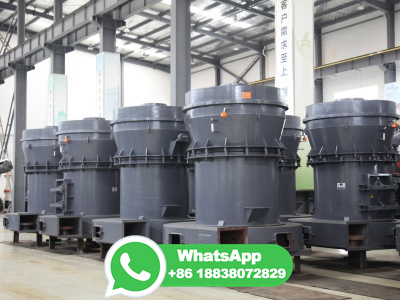
WEBAccounting. Accounting questions and answers. Stone Age Surfboards is a small manufacturer of two types of popular hightide surfboards, the Rockwell and the Limestone models. The manufacturing process consists of two departments: fabriion and finishing. The fabriion department has 15 skilled workers, each of whom works 5 .
WhatsApp: +86 18203695377
WEBDec 1, 2022 · The main constituents of Portland cement blamed for CO 2 emissions are limestone and other claylike materials, as shown in, which are superheated to 1400 °C before being ground into a lumpy solid substance (clinker) in the calcination process [45], [53], [54], [55]. Superheating limestone leads to the direct release of CO 2 into the ...
WhatsApp: +86 18203695377
WEBOct 4, 2023 · The main steps in the cement manufacturing process are illustrated in Fig. The heart of the clinker production process is the kiln, which can be rotary or vertical shaft designs. Rotary kilns are commonly used in the and elsewhere. ... The most critical raw material in the cementmanufacturing process is limestone. The .
WhatsApp: +86 18203695377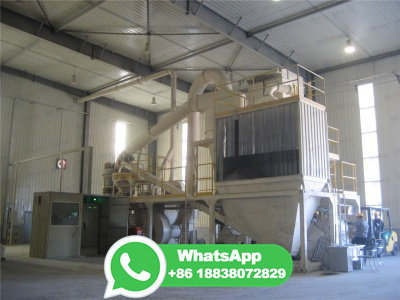
WEBSee Answer. Question: Stone Age Surfboards is a small manufacturer of two types of popular hightide surfboards, the Rockwell and the Limestone models. The manufacturing process consists of two departments: fabriion and finishing. The fabriion department has 15 skilled workers, each of whom works 5 hours per day.
WhatsApp: +86 18203695377
WEBLimestone is the main raw material for processing RBPC, which facilitates its global scaleup potential. RBPC cement can be manufactured in conventional OPC production facilities with minor modifiions to the raw mix design and fuel requirements. For instance, China has started manufacturing RBPC using dryprocess rotary kilns with preheaters.
WhatsApp: +86 18203695377
WEBDec 14, 2018 · The Cement Manufacturing Process. Cement is created by heating crushed limestone with clay, slate, blast furnace slag and other materials, then cooling and grinding the resultant clinker to create a fine powder. Most modern cement plants use a dry process which is more thermally efficient than the older wet process.
WhatsApp: +86 18203695377
WEBJun 1, 2020 · The time has come to look beyond and develop new clinker and cement system. Accordingly, new cement systems such as blended cement with varieties of industrial waste [3], Portland Limestone Cement [3], Portland Composite Cement [4], geopolymer [4], reactive belite [5] and Limestone calcined clay (LC 3) [6].The .
WhatsApp: +86 18203695377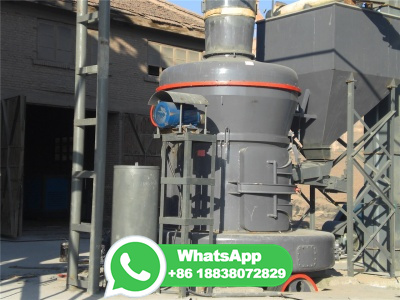
WEBJul 15, 2021 · It may be noted that the cement manufacturing process is resource and energy intensive due to the extreme heat required. Depending on the type and process, a cement plant requires 60–130 kg of fuel oil and 110 kWh of electricity to produce one tonne of cement. ... In this way, the total cost of limestone production per ton would drop to .
WhatsApp: +86 18203695377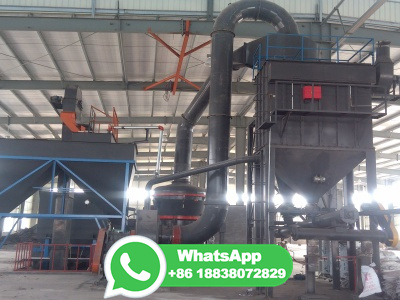
WEBOct 17, 2023 · The primary ingredient in cement manufacturing is limestone, which when heated to about 900 degrees Celsius converts to calcium oxide, resulting in the release of carbon dioxide, or CO2. ... Neithalath and his research team will address relate to the consistency of cement produced and the scalability of the production process.
WhatsApp: +86 18203695377
WEBLimestone also helps to improve the handling and formability of the molten glass. In a pure silica melt, viscosity is high and this (alongside with high temperature) makes the glass difficult to shape, especially when it needs to hold a form, for example, in the production of glass containers. Limestone reduces the viscosity, making the liquid ...
WhatsApp: +86 18203695377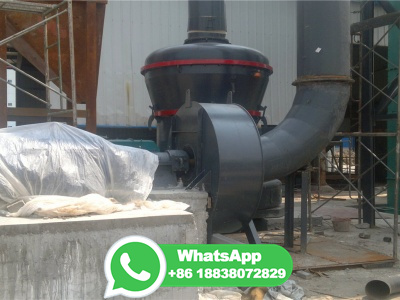
WEBJan 1, 2022 · In the cement manufacturing process, limestone, shale and clay are ready, dried, crushed, blended and heated in cement ovens up to 1200° C–1450° C to produce the clinker. A high temperature is needed for chemical reactions to occur in the burning region. A nodular substance called a clinker is formed and is then allowed to leave the oven.
WhatsApp: +86 18203695377
WEBStep 1: Mining. The cement manufacturing process starts from the mining of raw materials that are used in cement manufacturing, mainly limestone and clays. A limestone quarry is inside the plant area and a clays quarry is as far from the plant area as 25 km. The limestone is excavated from open cast mines after drilling and blasting and .
WhatsApp: +86 18203695377
WEBRotary lime kiln (rustcolored horizontal tube at right) with preheater, Wyoming, 2010 Traditional lime kiln in Sri Lanka. A lime kiln is a kiln used for the calcination of limestone (calcium carbonate) to produce the form of lime called quicklime (calcium oxide).The chemical equation for this reaction is . CaCO 3 + heat → CaO + CO 2. This reaction can .
WhatsApp: +86 18203695377